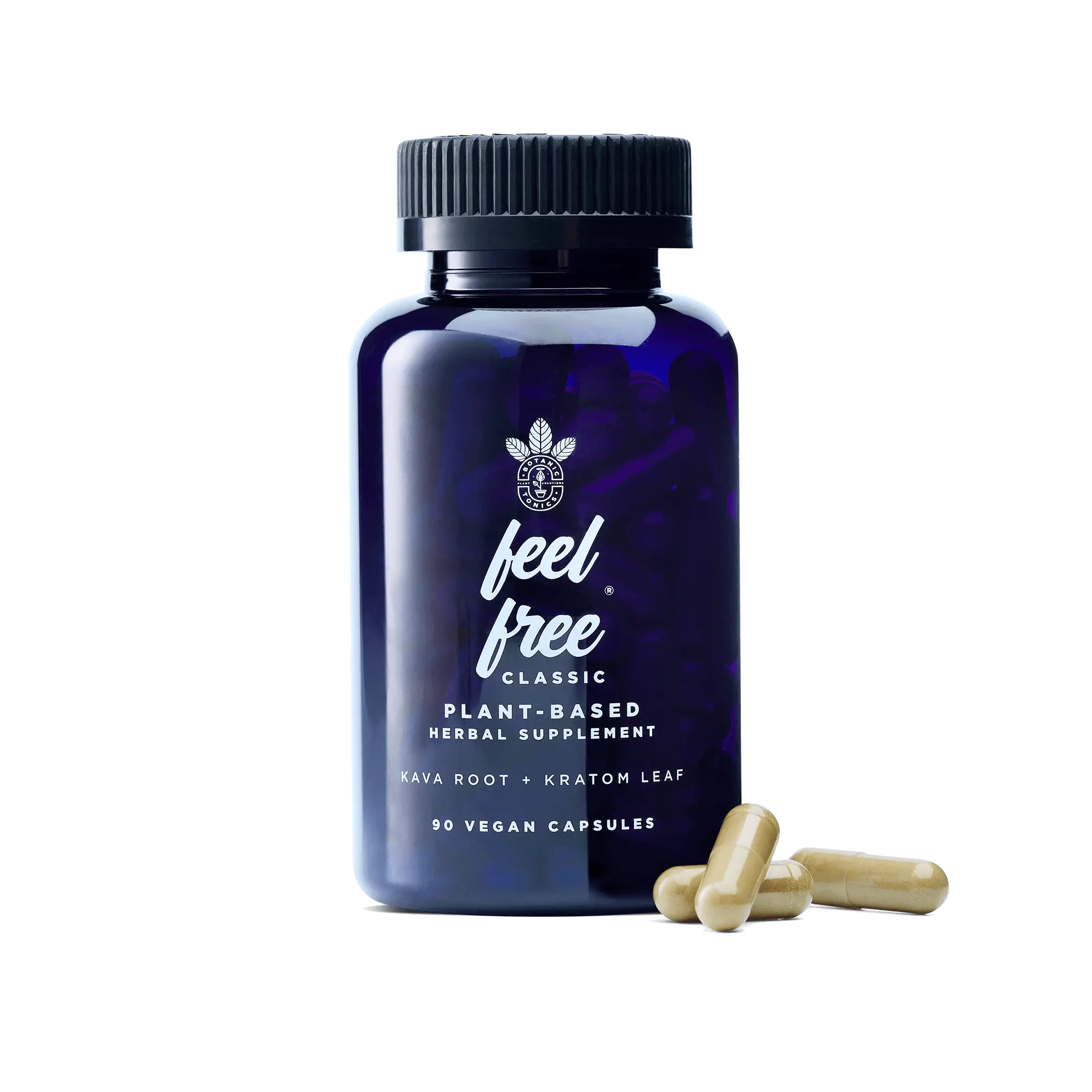For something humans have been doing since the dawn of time, sleeping doesn’t always come naturally. A worrying mind, addiction to devices, and the accelerated pace of modern life can make getting decent shut-eye a daily challenge.
Mindfulness meditation could be one ticket to back to a solid night’s rest.
A technique that’s been around for millennia, this style of meditation requires nothing other than your intention and attentiveness. If you’ve been curious about mindfulness meditation but aren’t sure where to start, we’ll take a look at how it works and how to use it to recover your sleep.
What is Mindfulness Meditation?
Mindfulness meditation, a method rooted in Eastern meditation philosophy and practice, is a technique used to calm the mind and promote well-being. [1] Unlike meditation techniques (like guided meditation) that involve visualizations or chanting, mindfulness meditation concerns paying attention to what is happening right now.
Often, practitioners choose a point of focus in their external or internal environment to help them enter the present moment. [1] This could be:
- Physical sensations
- A physical object
- An imaginary image
- A sound
- The breath
A growing body of research has shown mindfulness exercises to be useful for addressing various health and lifestyle concerns, especially stress. [1] Because of their effectiveness, many mindfulness meditation techniques have been developed to help people find well-being in both body and mind. Some even combine this technique with yoga for mindfulness.
Beyond the Hype: Why Mindfulness Meditation Works
Psychologists and science researchers agree that mindfulness meditation can make significant gains in the realm of restful sleep. It does this by:
- Curbing the stress response – 73% of Americans who practice mindfulness do so to combat stress. Mindfulness meditation can assist with reducing cortisol, the stress hormone, which can interfere with sleep. [2]
- Activating the parasympathetic nervous system – Your nervous system is divided into two types: the sympathetic and the parasympathetic. [3] While the latter is responsible for dealing with stressors (“fight or flight”), the former comes online to calm your body after encountering stress or danger (“rest and digest”). [3] Mindfulness meditation encourages the latter by slowing down circulation, reducing blood pressure, and creating a general sense of safety and serenity.
- Promoting positive thinking – If you’ve ever practiced guided mindfulness meditation, you might’ve heard suggestions to notice a thought and let it go. Mindfulness encourages an attitude of nonjudgment toward one’s environment, as well as one’s thoughts, feelings, and internal experiences.
As a result, practitioners often find it easier to find ease, tranquility, and compassion for themselves and others, both during and outside of meditation practice.
Mindfulness Meditation and Sleep: What’s the Connection?
In today’s tech-dominated world, most people find it challenging to wind down at night. Blue light—the kind generated by our devices—has been shown to interfere with restfulness and sleep hygiene. [4] Moreover, notifications and social pressures to stay plugged in can create emotional dis-ease and even insomnia when it’s time to hit the hay.
Fortunately, the connection between mindfulness meditation and sleep has been well established. [5]
Life stress and racing thoughts are key contributors to sleep problems; mindfulness meditation practices work directly to assuage these concerns. [6] By teaching your mind to slow down, focus on the present, and set aside stressors for another time, you can create a mental environment that’s more conducive to sleep.
How to Use Mindfulness Meditation for Better Sleep
Here’s the magic of mindfulness meditation for sleep: it may help support better sleep no matter when you practice it. Though many use sleep meditation at bedtime, you can still reap the benefits if you meditate in the morning or at other times during the day.
To use meditation for sleep and healing, you might try this simple routine: [7]
- Get cozy – Prepare the area where you’ll meditate so it’s clean and comfortable for you. If you meditate in bed, you could choose your favorite sheets and pillow and arrange them for maximum comfort. If you meditate in a seated position, you can try lighting a candle or some incense.
- Start with your breath – Taking a few slow, deep breaths can help set the scene internally for your practice, drawing you into the present moment. Once you’ve taken some full, deep breaths, just pay attention to how your breath moves through your lungs, throat, and nose. There’s no “right” way to breathe—simply noticing the quality of your breath is practicing mindfulness.
- Transition to a body scan meditation – Next, take your observations to the rest of your body. It can help to start at the crown of the head or the toes. Notice any areas with holding tension and imagine your breath seeping into them, helping them relax.
If you’re meditating during the daytime, it may help to set a gentle alarm for your practice. If you’re meditating before bedtime, just be sure your alarm is set for morning—with any luck, you might fall asleep before your meditation practice is over!
Tune In and with Botanic Tonics
For many people, sleep meditation can ease them into a restful night of natural sleep. Some even incorporate kava, an herbal supplement that supports relaxation. It’s available in various forms, such as tonics, capsules, and more.
To support all-day well-being before your head hits the pillow, the feel free kava kratom tonic contains herbal supports to help encourage a state of well-being. This tonic will give you the boost you need to get through the day, so that you are ready to wind down and practice mindfulness at night.
Try it yourself by visiting Botanic Tonics.
Sources:
- National Center for Complementary and Integrative Health. Meditation and Mindfulness: What You Need to Know. https://www.nccih.nih.gov/health/meditation-and-mindfulness-what-you-need-to-know
- Health Psychology Review. Meditation interventions efficiently reduce cortisol levels of at-risk samples: a meta-analysis. https://www.tandfonline.com/doi/full/10.1080/17437199.2020.1760727
- Cleveland Clinic. Parasympathetic Nervous System (PSNS). https://my.clevelandclinic.org/health/body/23266-parasympathetic-nervous-system-psns
- Healthline. What’s Blue Light, and How Does It Affect Our Eyes? https://www.healthline.com/health/what-is-blue-light
- Johns Hopkins Medicine. Mindfulness Meditation. https://www.hopkinsmedicine.org/health/wellness-and-prevention/mindfulness-meditation
- American Psychological Association. Mindfulness Meditation: A research-proven way to reduce stress. https://www.apa.org/topics/mindfulness/meditation
- Very Well Health. What to Know About Mindfulness Meditation. https://www.verywellmind.com/mindfulness-meditation-88369















